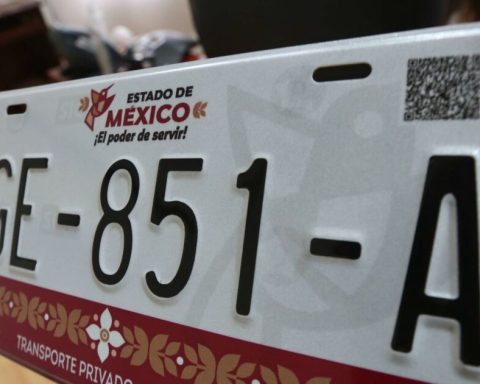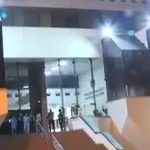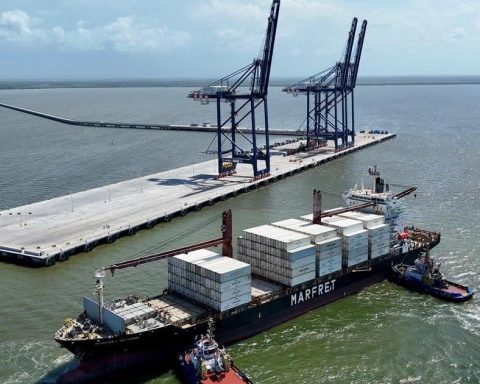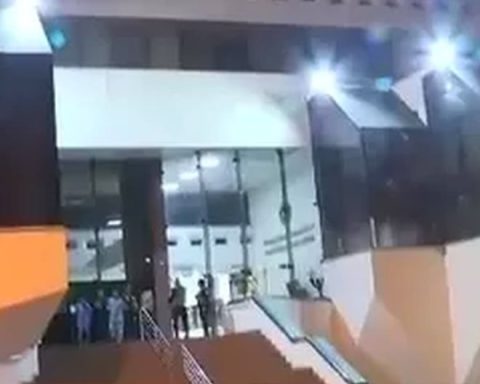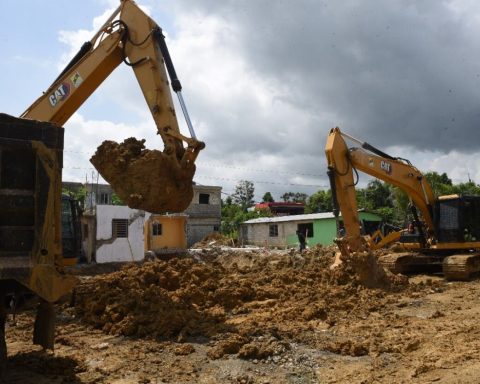Alonso Urrutia and Emir Olivares
La Jornada Newspaper
Tuesday, October 8, 2024, p. 3
President Claudia Sheinbaum Pardo sent to the Senate reform initiatives to the General Law of Electoral Institutions and Procedures and the Law of the Means of Challenge System, which establish the provisions that will regulate the election of judges, magistrates and ministers. They have the objective of making clearer or detailing what is not included in the Constitution of the constitutional reform of the Judiciary.
said the president.
In a conference he declared that in this initiative he considers options in those aspects in which the constitutional reform assigned responsibilities to the Judiciary in the organization of the elections if they are not fulfilled.
To start with, if that instance does not send the Senate the list of vacancies for judges and magistrates, it enables that Chamber to use the publicly available information to issue the general call on October 16.
Sheinbaum was clear: the constitutional reform of the Judiciary has already been approved, it is constitutional and the process will begin after the approval of these two laws whose objective is address any problem that arises, in such a way that not everything is left in the convocation of the Senate, but rather that we have secondary laws
.
When asked specifically about the protections that have been filed and the judicial provisions for the National Electoral Institute to stop the process, the President stated that there are no protections. The protections are to protect the rights of people. Recently there was a modification so that a person’s protection cannot have general impacts, which had been a previous modification, except in exceptional cases.
.
He commented that there is still no precise amount of the cost that the election will have on the Judiciary, but mentioned that in the last administration, the Ministry of the Interior made some projections that pointed to 5 billion pesos. There are still some aspects to be defined such as the ballots, in addition, he recalled that the reform establishes that a part will be elected in 2025 and others, in 2027, he saved the ministers of the Supreme Court of Justice of the Nation, who will be elected next year .
Regarding the election of judges and magistrates at the state level, the President recalled that the constitutional reform itself establishes that in the harmonization of their constitutions with the reform of the Magna Carta, they will determine whether they begin to elect partially in 2025 or leave everything until 2027.
The Legal Advisor of the Executive Branch, Ernestina Godoy, specified some aspects of the initiative, among which she highlighted the tasks of the National Electoral Institute: defining the ballot model, documentation and electoral materials; allocate radio and television time to promote the election; organize debate forums between candidates in coordination with the public or private media that provide it; Ensure that no candidate receives public or private financing in campaigns, determine the expenses that they can personally spend and supervise.
He mentioned the key dates of the process: October 16, Senate issues the call; October 31, each of the three powers of the Union will install their evaluation committees; November 24, registration of applicants; December 15, evaluation committees will verify eligibility requirements; January 31, 2025, the committees will conduct interviews with the applicants and select the finalists; On February 4 and 5, the committees will hold a public session and purge the lists; On February 7, they will approve the lists, and on February 12 the Senate reviews and sends the lists to the INE.
At the federal level, all the ministers of the SCJN and the two vacancies of the Electoral Tribunal will be elected; half of district judges and district magistrates, including vacancies.

